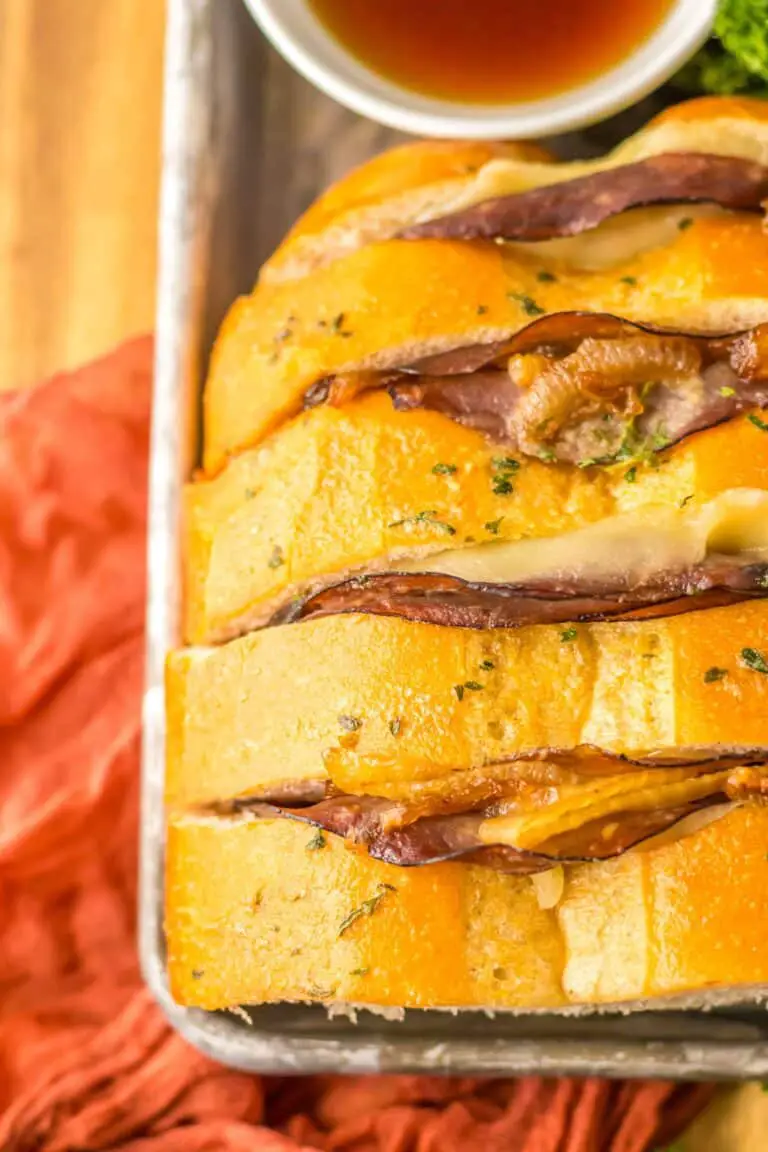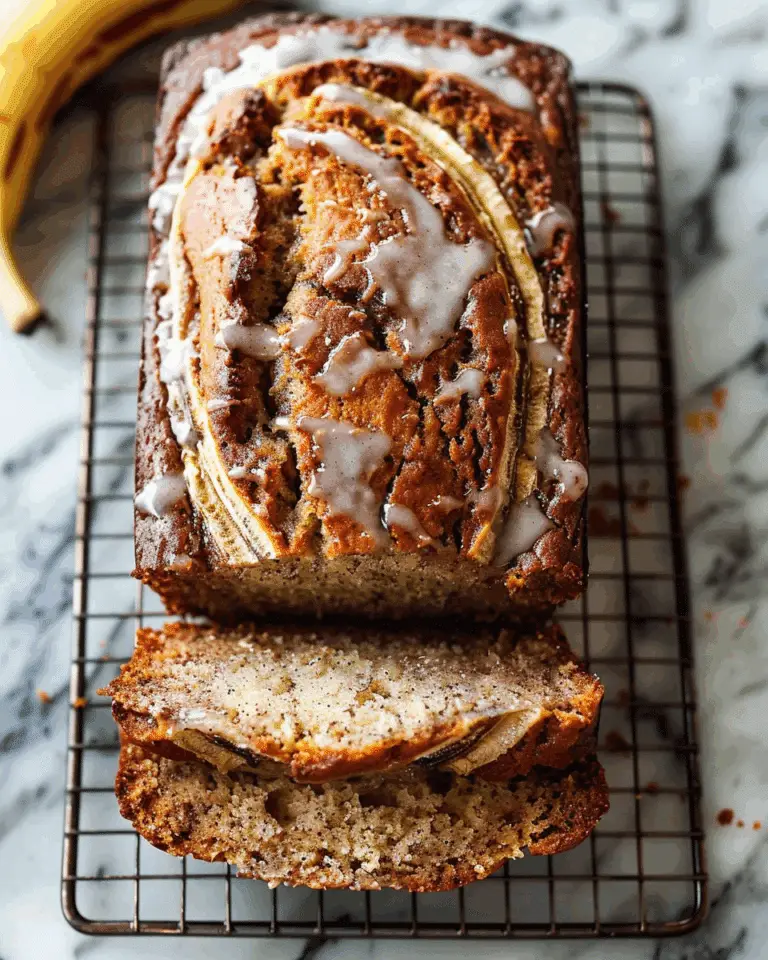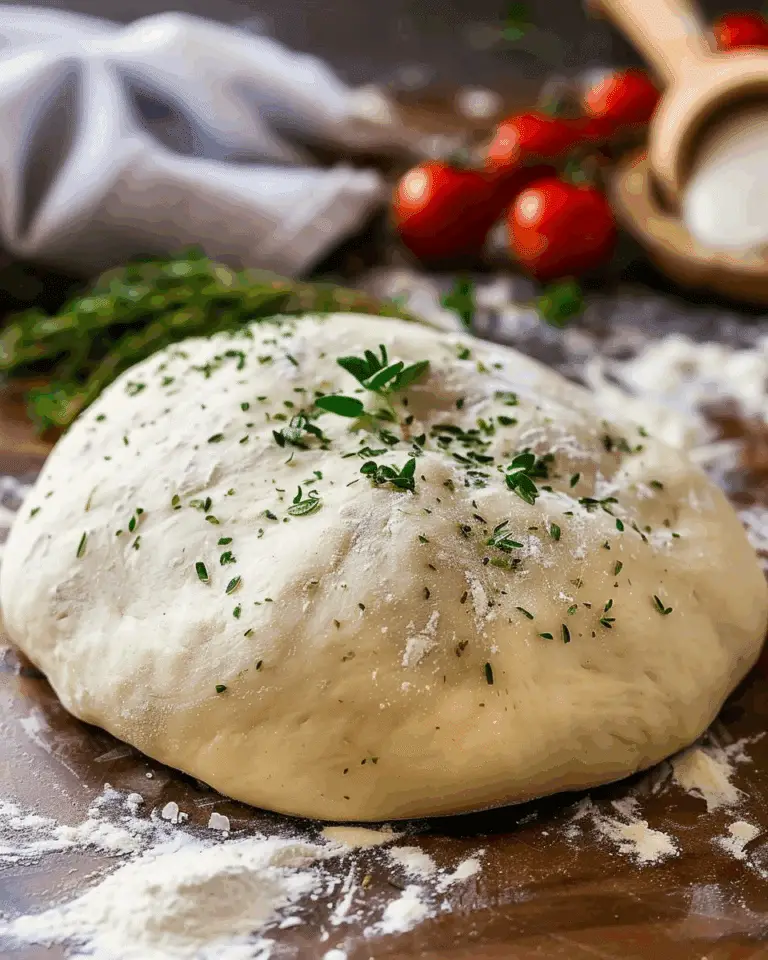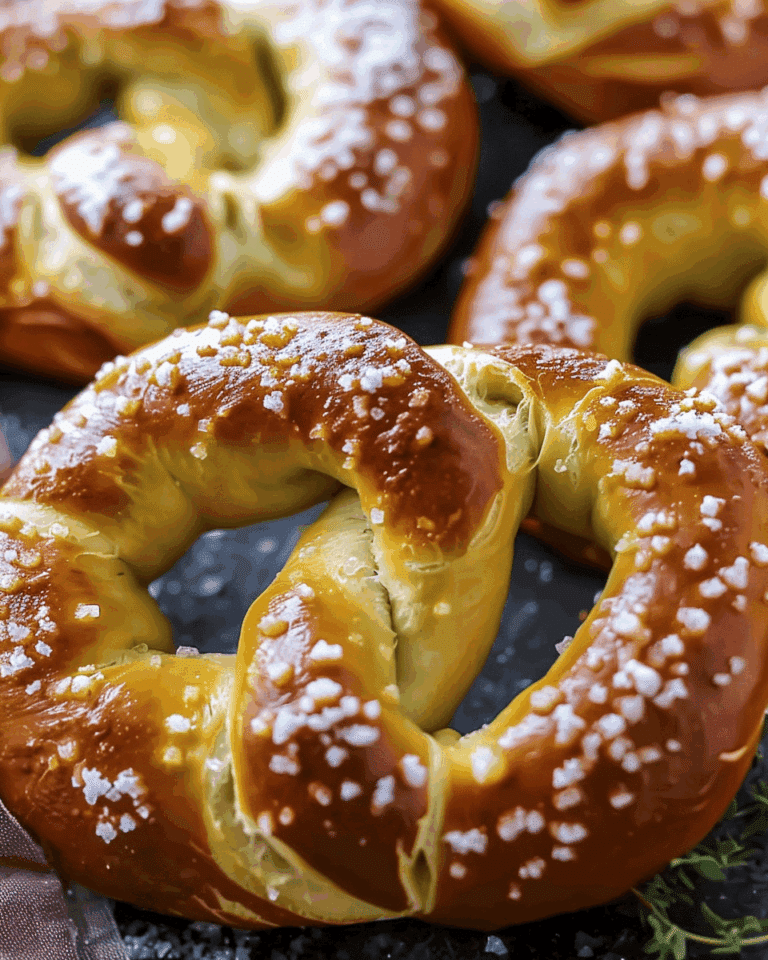Baked with love and passed down through generations, Amish White Bread is the kind of comfort food that fills your kitchen with a heavenly aroma and transforms an ordinary day into something a little more special. With its dreamy, pillowy-soft texture and gentle sweetness, this bread is a tried-and-true favorite for everything from morning toast to epic sandwich creations. What I absolutely love about Amish White Bread is how effortlessly it comes together with just a few pantry staples, proving that homemade bread doesn’t need to be intimidating!
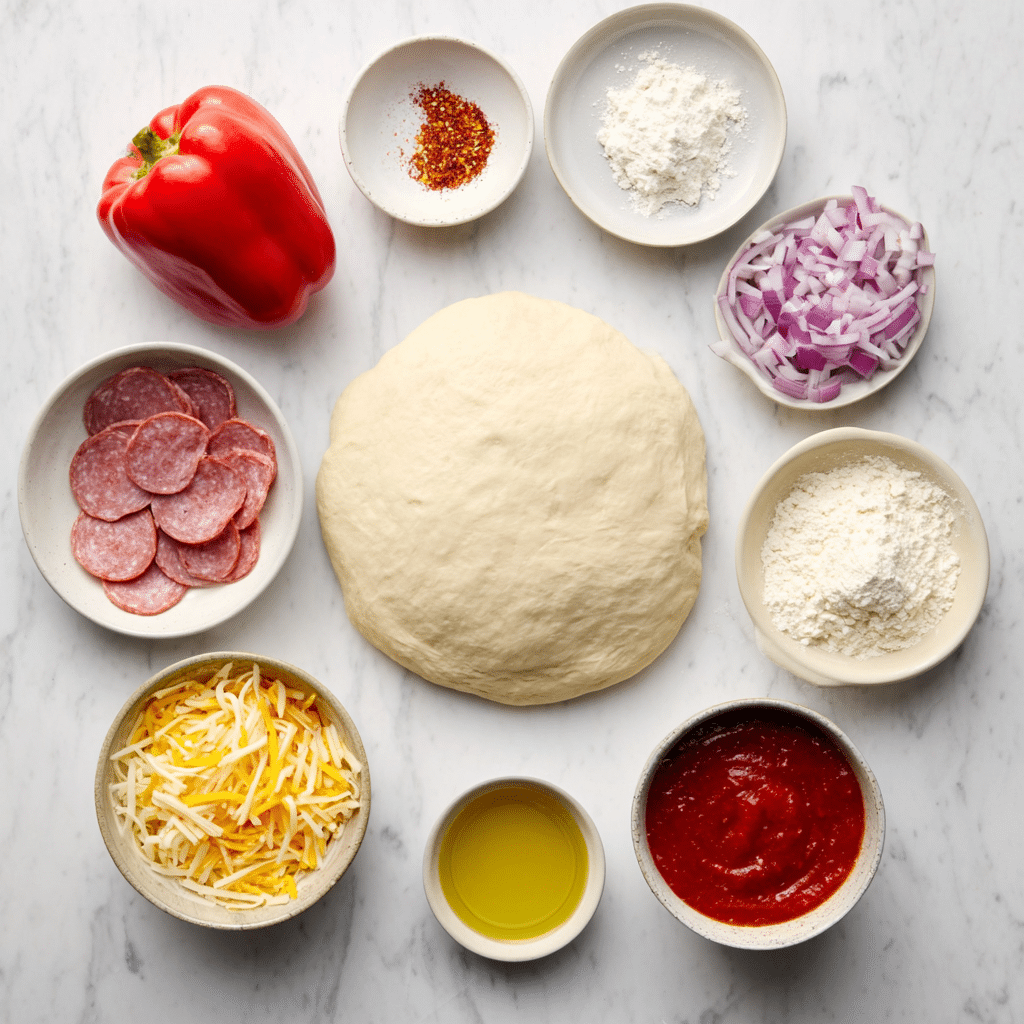
Ingredients You’ll Need
The beauty of Amish White Bread lies in its simplicity — just a handful of ingredients come together to create a loaf that’s truly extraordinary. Each one plays a unique role, from flavor to texture, making every bite soft and memorable.
- Warm water: The perfect temperature wakes up your yeast and gets your dough off to a strong, fluffy start.
- Sugar: Not just for sweetness, sugar helps feed the yeast and brings a tender crumb.
- Active dry yeast: This magical ingredient is what gives Amish White Bread its signature rise and lightness.
- Vegetable oil: Oil keeps the bread moist and soft, making every slice perfect for sandwiches or toast.
- Salt: A touch of salt balances out the sweetness and deepens the flavor profile.
- Bread flour: This ensures a pillowy yet sturdy loaf that slices beautifully and holds up to any spread.
How to Make Amish White Bread
Step 1: Activate the Yeast
Begin by dissolving the sugar and yeast into the warm water. The water should feel just like a cozy bath—about 110 °F (43 °C)—so your yeast wakes up, not gets shocked. Let this bubbly mixture rest for about 10 minutes. You’re looking for that creamy, frothy layer on top, which tells you your Amish White Bread is already off to a glorious start.
Step 2: Mix in the Goodness
Pour in the vegetable oil and sprinkle in the salt, then stir in half of the bread flour. Give everything a good mix until the dough is shaggy and starting to pull together. Gradually add in the remaining flour, a bit at a time, until the dough leaves the sides of the bowl and feels just slightly tacky but not sticky.
Step 3: Knead to Perfection
Turn the dough out onto a lightly floured surface and get ready for a little workout. Knead for 8 to 10 minutes, until the dough is smooth, elastic, and springs back when gently pressed. This is when Amish White Bread really starts to come alive, building that fantastic structure and soft crumb.
Step 4: Let it Rise
Place your silky dough in a greased bowl, turning once to coat the top, then cover it with a clean towel. Let it rise somewhere warm for about 1 hour, until it doubles in size. Punch it down gently to release any air bubbles before moving on.
Step 5: Shape and Second Rise
Divide the dough into two equal pieces and shape them into loaves. Place each one in a greased loaf pan, cover, and let them rise again for another 30 minutes. This second rise ensures Amish White Bread bakes up extra fluffy and full of lift.
Step 6: Baking Time!
Bake at 350 °F (175 °C) for 30 to 35 minutes, until the tops are golden and the loaves sound hollow when tapped. For that bakery-style finish, brush the hot, fresh-from-the-oven bread with a bit of melted butter. This step adds a gorgeous shine and keeps the crust tender.
How to Serve Amish White Bread

Garnishes
A thick swipe of creamy, salted butter is classic, but don’t stop there! Try honey, fruit preserves, or even a sprinkle of cinnamon sugar for an extra treat. A dusting of flaky sea salt over warm slices also brings out the bread’s sweet undertones beautifully.
Side Dishes
Amish White Bread makes a dreamy base for soups and stews—think creamy tomato or chicken noodle. It transforms into a hearty grilled cheese or the perfect sidekick for egg dishes at brunch. Fresh salads and homemade dips round out the meal with a wholesome touch.
Creative Ways to Present
For a stunning table, slice the bread thick for sandwiches, turn it into adorable finger tea sandwiches, or cube it for fondue nights. If you’re feeling cozy, serve warm with small bowls of dipping oils or whipped honey butter. Amish White Bread even elevates homemade croutons and French toast!
Make Ahead and Storage
Storing Leftovers
Once your loaves have cooled completely, wrap them tightly in plastic wrap or keep them in an airtight bread box. Amish White Bread will stay fresh for up to three days at room temperature. For best results, avoid refrigerating as this can dry out the crumb.
Freezing
To freeze, simply wrap whole loaves or individual slices tightly in plastic and then in foil or a freezer bag. They’ll keep beautifully for up to three months. Thaw at room temperature and enjoy that just-baked aroma and softness all over again.
Reheating
Reheat slices in a toaster or warm a whole loaf in the oven at 300 °F (150 °C) for about 10 minutes. This revives the tender crumb and fills your kitchen with the dreamy scent of Amish White Bread once more.
FAQs
Can I use all-purpose flour instead of bread flour?
Yes! While bread flour gives Amish White Bread its signature chewy crumb, all-purpose flour will still yield a delicious, soft loaf—just with a slightly lighter texture. If you have bread flour, use it, but don’t let a lack of it stop you from baking up a batch.
Why didn’t my bread rise as expected?
Usually, problems with rising are yeast-related. Be sure your water isn’t too hot (which kills yeast) or too cool (which makes it sluggish), and always check that your yeast is not expired. Giving it that initial 10-minute frothy proof is a great way to make sure it’s active.
Can I make Amish White Bread by hand if I don’t have a stand mixer?
Absolutely! Amish White Bread is meant to be accessible; just knead the dough by hand on a floured surface. It’s a little bit of a workout, but the results are deeply rewarding and the kneading process is quite soothing!
How can I make my bread extra soft?
Brushing the tops with butter right after baking is the trick! Also, be careful not to add too much flour and don’t overbake. Keeping the dough slightly tacky and covering the bread while cooling helps seal in moisture.
What can I do with leftover Amish White Bread?
Leftovers are wonderful for French toast, homemade croutons, or little sandwiches. You can cube and toast it for salads or even use it in bread pudding—the slight sweetness adds a lovely flavor.
Final Thoughts
There’s something magical about pulling a golden, fragrant loaf of Amish White Bread from your own oven. Whether you’re baking for a holiday, a family dinner, or just to fill your home with some extra warmth, give this recipe a try and watch it become a treasured favorite in your kitchen too!
Print
Amish White Bread Recipe
- Total Time: 2 hr 25 min
- Yield: 2 loaves
- Diet: Vegetarian
Description
Soft, slightly sweet, and pillowy — this beloved Amish-style loaf is perfect for toast or sandwiches.
Ingredients
2 cups warm water (110 °F / 43 °C)
- ⅔ cup sugar
- 1 ½ tbsp active dry yeast
- ¼ cup vegetable oil
- 1 ½ tsp salt
- 6 cups bread flour
Instructions
- Dissolve sugar and yeast in warm water; rest 10 minutes.
- Stir in oil, salt, and half the flour; add remaining flour gradually.
- Knead 8–10 minutes until smooth.
- Let rise 1 hour; punch down, shape 2 loaves.
- Rise 30 minutes; bake at 350 °F (175 °C) for 30–35 minutes.
Notes
- Brush tops with butter after baking for softness.
- Freeze extra loaf once cooled.
- Prep Time: 20 min
- Cook Time: 35 min
- Category: Bread
- Method: Baking
- Cuisine: Amish, American

